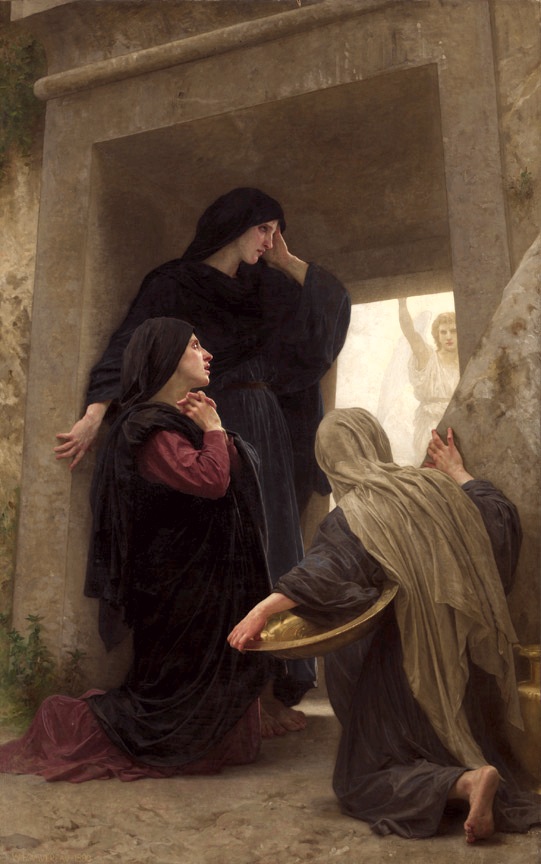This is my favorite recording of my favorite piece of music. As some of you already know, I enjoy a very broad range of music, from death metal to pop. This is, without exaggeration, my favorite composition of any kind: “Christe Redemptor” by Claudio Monteverdi, from the out-of-print but still available gem, A Baroque Christmas by Roger Norrington and the Schutz Choir.
(This is the only online recording I found of it. Please ignore the images and scroll down to photo below or close your eyes while listening.)

Monteverdi was arguably the first Baroque composer. His long career through the late 1500s and well into the 1600s (in a 76-year life) spanned the end of Renaissance music and extended well into the new style, and he is considered to have introduced and developed many of its musical attributes. In addition, Monteverdi wrote one of the first handful of operas, L’Orfeo, and is credited with establishing that new form.
It wasn’t until Monteverdi was about 40, after several decades in theater, that he wrote his famous sacred music, most significantly my favorite such composition, Vespro della Beata Vergine. At this time he also adapted many of his secular madrigals using sacred Latin texts. “Christe, Redemptor” was one of these. Even as I write this, I find it impossible to believe, because its music sounds more holy than anything I’ve ever heard. But that’s what the biographies say.
Several decades ago, when I was first exploring meditation, I learned a trick for timing solo sessions. Using a clock is not good because you have to check it, which takes you “out” of the meditation. Kitchen timers and alarm clocks have harsh sounds, which is a lousy way to finish. And the iPhone with its meditation timer apps didn’t exist yet. So an old-school trick was to record 20 minutes (or however long) of silence on a cassette tape followed by a pleasant sound to signal the end. Another part of my centering prayer meditation tradition is to spend several minutes after the end of the meditation, saying a prayer or doing something else to transition back to regular reality. It occurred to me to use this recording as my closing tone/transitional prayer. So, for a while, every period of sitting, two or more times a day, ended with hearing this transcendent recording. I’m not sure if it’s possible the practice made me love it more, but it cemented the piece deeper in my heart.
















